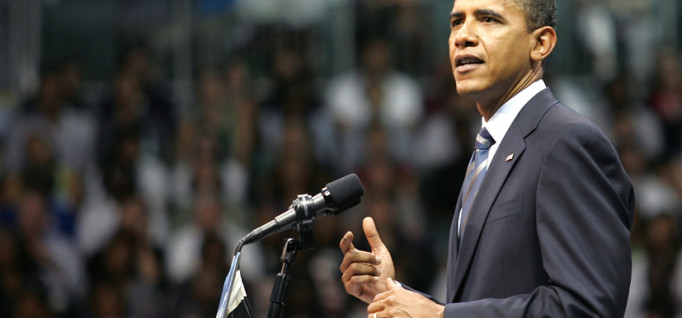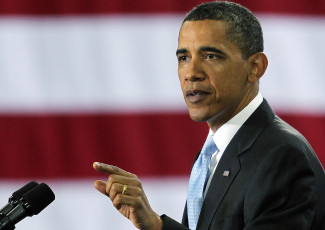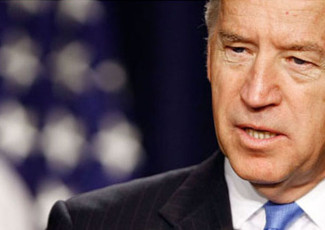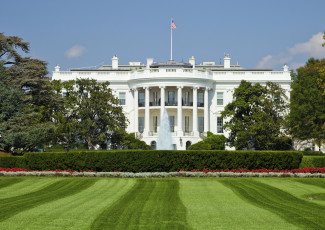Five Years In: Evaluating President Obama’s Graduation Challenge
By Corey Murray
April 30, 2014
Bloomberg Businessweek economics editor Peter Coy says that U.S. community colleges need to do a better job with career-oriented education.
My, how time flies.
It’s been five years since President Obama challenged the nation’s community college leaders to help America again become the No. 1 producer of college graduates in the world.
Since then, business and education leaders attended the first-ever White House Summit on Community Colleges; benefitted from a revolutionary new grant program from the U.S. Department of Labor to help colleges better align training programs with the world of work; received $150 million in relief for the long-term unemployed; and, recently, joined the Obama administration in its push to better train next-generation workers through stronger partnerships between colleges and employers.
The president’s latest effort, which he announced during a visit to Pennsylvania’s Community College of Allegheny County with Vice President Biden, aims to refocus more than $600 million in existing Labor Department funds on new college-to-career job-training programs.
It’s been quite a ride, and as Bloomberg Businessweek economics editor Peter Coy recently shared with Here & Now host Robin Young, our work is far from done.
Wondering where we go from here? Coy’s remarks provide an objective perspective.
On the struggle to create better partnerships between community colleges and the workforce
“I think, too often, [community colleges] have a curriculum that they worked out at some point in the past,” Coy said. “And they hire the teachers, and the teachers go in and teach the class, and they’re just not in touch with the current needs of employers.”
He added, “If you go to community college, you’re there to learn very usable skills. It may be only a certificate program, it may be an associate degree, or it could be the first couple of years of…towards a bachelor’s degree. But whatever it is, you’re career-oriented, and that’s precisely where community colleges need to do a better job.”
On serving the needs of students with different academic goals
“Something like 80 percent of students who start out in community college have the objective of eventually getting a bachelor’s degree, and nowhere near 80 percent actually achieve that,” Coy said. “It goes to show that [community colleges] have this dual or tri mission. For some students, community college is the last college they’ll ever go to. But then there are others who see it as a steppingstone towards more education.”
On investing in education and job-training programs in emerging industries
“You’re going to guess wrong once in a while,” Coy said. “You’re going to train people for jobs that turn out to be not jobs of the future. But if you’re really agile, and that requires a good president, a real leader, a person who really reaches out both towards employers and towards the students, if you can do that, then you’ll never get too far behind the eight ball. You’ll figure out what employers need now, and you’ll switch rapidly to providing those skills.”
On the role of unions in apprenticeship programs
“Unions in general have had a long tradition of providing training to their members for jobs,” he said. “So it just needs to be tinkered with a little bit to make sure those workers are protected. But unions should be seen as allies rather than opponents in the apprenticeship programs.”
Want to hear more from Coy’s interview? You can listen to the full segment below.
What do you think about the latest White House initiatives to promote college and workforce partnerships? Are we moving in the right direction?












